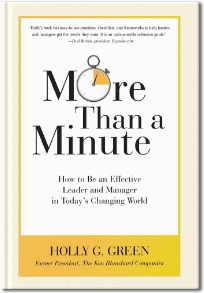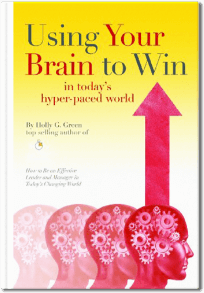 Great leaders think strategically.
Great leaders think strategically.
They can understand and appreciate the current state as well as see possibilities. When dealing with today’s issues, they operate from a broad, long-term perspective rather than focusing only on short-term implications. And they can gather information and make decisions in a timely manner.
Most of all, strategic leaders know how to strike a balance between visualizing what might or could be and an effective day-to-day approach to implementation. They can look into the future to see where the company needs to go and what it will look like once they get there. And they can do this while making sure the right things get done on a daily basis.
This type of strategic leadership requires five different types of thinking. Knowing when and how much to utilize each one is the hallmark of great leaders.
- Critical thinking is the mental process of objectively analyzing a situation by gathering information from all possible sources, and then evaluating both the tangible and intangible aspects, as well as the implications of any course of action.
- Implementation thinking is the ability to organize ideas and plans in a way that they will be effectively carried out.
- Conceptual thinking consists of the ability to find connections or patterns between abstract ideas and then piece them together to form a complete picture.
- Innovative thinking involves generating new ideas or new ways of approaching things to create possibilities and opportunities.
- Intuitive thinking is the ability to take what you may sense or perceive to be true and, without knowledge or evidence, appropriately factor it in to the final decision.
Until recently, most leaders could get by with critical and implementation thinking. But in today’s hyper-fast world, conceptual, innovative and intuitive thinking have becoming increasingly important, especially in industries where frenetic change represents the rule rather than the exception.
Business leaders still need to gather and analyze data, make decisions, and implement them well. But now they have to take in vast amounts of data from a more diverse array of sources. They have to make decisions much more quickly. And they have to do it knowing that everything could change overnight.
In such an environment, the ability to ponder possibilities, see patterns and connections that others don’t see, and look at the same data in new and different ways represents a formidable competitive advantage.
Some leaders seem to be born with these intuitive types of thinking skills. But since most of us are not so naturally gifted, here are some suggestions for developing these essential leadership skills.
- Take time to look around. Browse business websites and read related publications to learn how other organizations have implemented various strategies in order to increase their competitive advantage.
- Be willing to change directions and/or pursue new goals when strategic opportunities arise. Think about what is keeping you on the same path and force yourself to ponder whether or not you should shift plans. Consider worst-case scenarios.
- When problems arise, don’t settle for a quick fix. Instead, carefully look at the problem and take the time to analyze all possible solutions. Create a checklist for yourself to trigger thoughts on long-term consequences and possibilities.
- Help others in the organization feel that they are part of the overall mission and strategies by discussing it with them frequently and involving them as much as possible.
- Pause and view your situation from another perspective – that of an employee, customer, supplier, etc.
- Research and analyze your company’s major competitors. Create a detailed profile of each one and share it with your team. Constantly look for first-hand data rather than relying on anecdotal information.
- Engage in “what-if” thinking. For example, “If we do this, how will our competitors respond? What will our customers think? What impact will this have on our suppliers and distributors? What if there is something we have not considered?”
- Expand your data sources to include areas totally outside your business or industry. Analyze other industries to see what they’re doing well and how that could be adapted to your business.
Most of all, get in the habit of stimulating your mind by not thinking about your business. From time to time, go outside your office and take a walk. Turn off your processing and just soak in the sights, sounds, and scents of the environment. Let your mind wander, and allow yourself the luxury of daydreaming. You’ll be amazed at what you can come up with simply by shifting out of the critical/implementation thinking modes from time to time.
The human brain is a powerful leadership tool. It works even better when you use all five thinking types!






